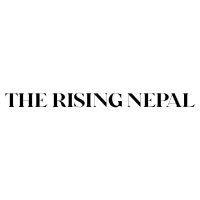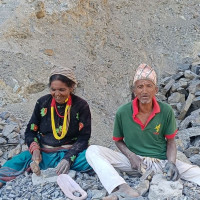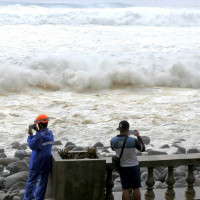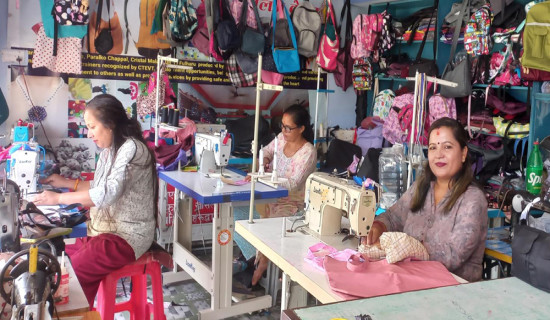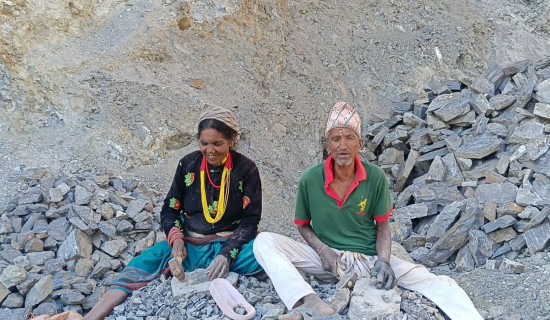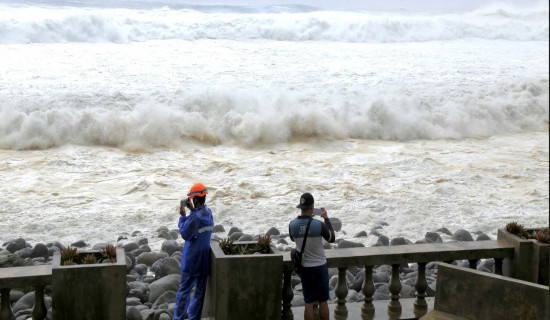- Tuesday, 23 September 2025
Align Global Goals With Local Needs
For developing nations hoping to pursue a path of growth by embracing liberal economic policies and opening up to the global economy was a turning point. By the decade’s end, the subject of financial liberalisation and internationalisation had become the leading subject of the discourse on development, as countries were trying to deal with the complex issues inherent to the integration of the global market.
Towards the end of the 20th century, there came along the Millennium Development Goals (MDGs), a united attempt to fight poverty and create economic and social improvements worldwide. This one-of-a-kind initiative included eight goals anchored in a conducive measuring and monitoring mechanism. Nevertheless, when the MDG period expired at the end of 2015, it became apparent that the progress had fluctuated in different zones and various sectors.
Environmental sustainability
Consequently, the global community oriented its efforts towards achieving a better-balanced worldwide goal where environmental sustainability, social inclusivity, and economic progress concerns are accorded equal attention. The conference held in June 2012 in Rio de Janeiro played a key role in making discussions on setting up a new Sustainable Development Goals (SDGs).
When we contemplate the complexity of the modern global hub that involves several variables, including economic transactions, political revolution, issues of migration, and current humanitarian emergencies like food deficit and climate change, it is common to ask ourselves about the relevance of Sustainable Development Goals (SDGs). We discuss the methodological issues with these models, have a conceptual framework these models are based on, and their applicability in the case of developing countries and their capability of producing knowledge.
When delving into the Sustainable Development Goals (SDGs), we encounter three fundamental pillars: environmental, economic, and societal resources. Other researchers, in their critical view of SDGs, point out that people, being biological organisms, are inseparable from environmental resources. To sum up, saying that human civilisation cannot be removed from nature is impossible. They also hold the same views that most of the resources consumed by humans are provided by natural environments and this blurs the boundaries between environmental development and human development. Moreover, the loss of habitats for agriculture deals a blow to the supply of wood, food, and drugs while also highlighting the closeness of society, economy, and environment.
Such a perspective embraces the weak sustainability theory, which says that machine-produced capital in place of natural resources and systems leads to transfers across the three sectors. While this point is true, it neglects fundamental truths, for instance, that there is no single natural asset that may be replaced. Some modifications of this model extend to extra dimensions: culture capital, which points out the fact that cultural diversity and heritage also play an important role in sustainable development.
The prism models highlight a key insight: the aggregation of both man-made, social, and intellectual capital rates is unfeasible. On the contrary, the main purpose is the determination of how these planes are linked. Through concurrent assessment of all four dimensions of sustainability - economic, environmental, social, and institutional - sustainable development becomes feasible. This approach is appreciative of the fact that sustainability is not a simple matter. It demands a holistic perception that acknowledges the relationships between various factors in our society and the environment.
The SDGs can be referred to as a broad development framework, but they could fail to capture the specific requirements that apply to each country. Different developing nations, including Nepal, encounter their peculiar problems and objectives which may be hard to accommodate within the framework of a single plan. Furthermore, creating the needed institutional frameworks and the provision of funds can be difficult for countries like Nepal.
The 17 Sustainable Development Goals (SDGs) are interdependent, and one area of progress may be hindered by difficulties in another. For example, unless there is progress on SDG 4 that involves education and SDG 15 on the protection of the environment, financial growth and poverty reduction (SDG 1) will be harder to reach. In Nepal, the interdependence of development efforts to address a multitude of complex and intertwined problems can be highlighted as a relevant issue.
Comprehensive perspective
By adopting a more comprehensive perspective, it is necessary to assess whether the SDGs are effective enough in accelerating the overall development of the world's poorest countries, such as Nepal, even though they could offer a wide range of goals for global welfare. Finally, there must be multiple steps in the solution. First and foremost, the key to establishing credibility and effectiveness is to set goals that align with the local context. This entails developing a plan that makes use of the opportunities and resources available while addressing these particular issues.
Regarding the second, effective resource mobilisation is essential for funding and managing projects that align with the SDGs. This entails forming alliances, attracting capital inflows, and allocating financial and human resources effectively. Second, fostering sustainability requires the adoption of a comprehensive strategy that may aid in addressing the most interconnected challenges. Countries can achieve inclusive growth and stability by integrating economic, social, and environmental factors. In addition, community representatives' active participation and involvement are crucial tools to aid in this process. Involving citizens in decision-making fosters accountability, generates fresh concepts, and shows a common goal.
(Nepal is an economist strategist.)


